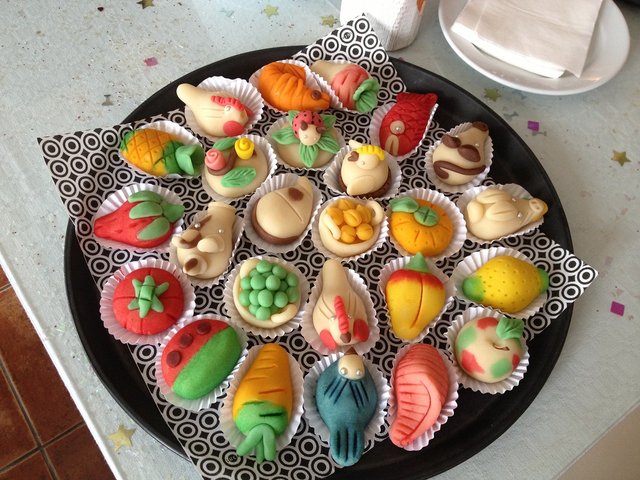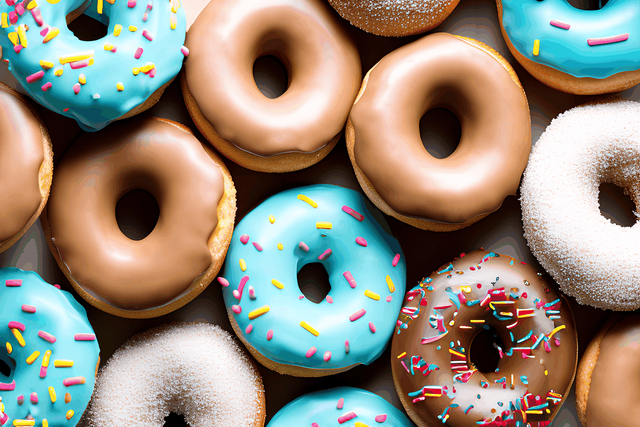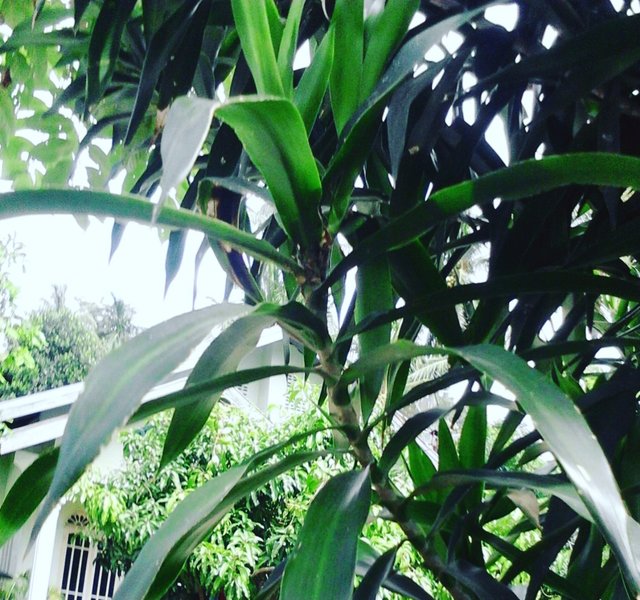Colorful Foods and Dangerous Substances from Food Coloring

Food coloring is an addictive substance that is added to food or drinks to add color to the food or drinks.
Well, the form itself is in solid form, there is in gel form, liquid and also paste. Then the question is, which of these food dyes are allowed, which are also dangerous?
There are several types of food coloring currently circulating. Some are artificial or synthetic, there are natural or natural.
Synthetic dyes are usually made from chemicals. Meanwhile, natural colorings are extracted from food colorings or microbes. In general, synthetic dyes do not contain haram ingredients, it is just not recommended to consume more than is recommended, because it will have side effects on health. What is highly recommended is consuming natural dyes, because they are safe for the body and will not have negative effects on your health.

Food colorings that are permitted are turmeric, chlorophyll, caramel, beta-carotene, or cyanine, titanium dioxide and many more. Well, in fact, the government itself has issued a draft of food coloring substances that can be used or added to food. However, in fact, many of our people violate this by still using chemical dyes.
"There are two dyes, namely food dyes and also non food dyes which are used on textiles, or fabrics. In synthetic foods which are used on food, they are considered safe if consumed in reasonable quantities. But people don't know how much is reasonable, so if consumed in large quantities, it has a carcinogenic effect, or may cause cancer."
There are many food dyes circulating in society, and without us realizing we often consume them. This we need to be aware of the impact of food coloring. Indeed, it can't be seen in a short time.
To avoid using manufactured food colorings, there is an alternative that we can do, namely using natural food colorings. It does make it a bit of a hassle, but at least it is safe and healthy for our health. So what ingredients can be natural food coloring?
Teak leaves contain anthocyanin compounds which are natural color pigments. Teak leaves can be used as a coloring in gudeg, which gives a brownish red color because the anthocyanin solution is released and dissolves in hot water. Pandan leaves and suji leaves. These two leaves contain chlorophyll which gives them a green color.

These leaves are mostly used for food coloring in cakes. Basically, suji leaves have a green color that is stronger than pandan leaves. However, pandan leaves are superior in producing a more fragrant aroma.
Carrots contain beta-carotene which causes their color to be light. The higher the betacarotene, the more original the food mixed with carrots. Usually the way to get color from carrots, is by pureeing, then squeezing to separate the pulp.
You can also use turmeric. This spice is very widely used as coloring in cooking.
Usually, turmeric is used to color yellow rice or various kinds of processed foods containing coconut milk.
Purple cabbage. This cabbage produces a purple color by boiling, then taking the water as a dye.
Unfortunately, purple cabbage is rarely found on the market. And the price is usually double the price of regular cabbage.
So, those are some of the natural coloring ingredients that can be consumed. Indeed, if you look at it, the color produced from natural dyes is not as striking as the color produced by manufactured dyes. But if we look at the effects that are produced or the impacts that occur on our health, if we use manufactured dyes, why don't we use natural dyes. We can make it ourselves at home.
Greetings always compact.
By @midiagam
To be honest I am not attracted by these colours. They aren't bright and do not look natural. If you would show me broccoli or strawberries with whipped cream, tiramisu or French carrots I would take a bite.
To me what you show doesn't look tasty, most likely not even natural colors are used like from beets, tea, certain fruits. With a bit of a smell for sure the chemicals can be smelled. Not even my children would like to try this or say it looks attractive.
Synthetic food already sounds yech to me.
I agree with you there are plenty of other coloring options if we like to dye at all. Homemade syruos (fruits) are perfect.
The main reason today is that chemicals is what we 'all' are used to. Even homecooked meals are prepared from packages and with help of chemicals because we have the idea it lets whatever we prepare look better. Better as similar to what we buy in supermarkets prepared in factories. The reality is homebaked and cooked always looks and tastes different. I would say way better.
A plus is that without chemicals taste and smell increases and you'll find out that all you taste is salt, sugar or a strange chemical aftertaste.
Factory food is not the best food, it's addictive, unhealthy and it has a typical smell just like food prepared with the cancer inducing palm fat and trans fat.
For purple we never use purple cabbage (it can be bought in jars)/but beetroot. The root and leaves can be used. The leaves make a great lettuce as well.
Stay healthy and blessed be
🍀❤️
Actually, I myself rarely consume foods made from dyes, because they are not good for my health. But now there are lots of foods that are made with a colorful and beautiful appearance to attract the attention of today's people. Apart from all that, I always choose food that is free of harmful substances for my family at home. Just like you said earlier, natural food is safer🙂
Upvoted. Thank You for sending some of your rewards to @null. It will make Steem stronger.